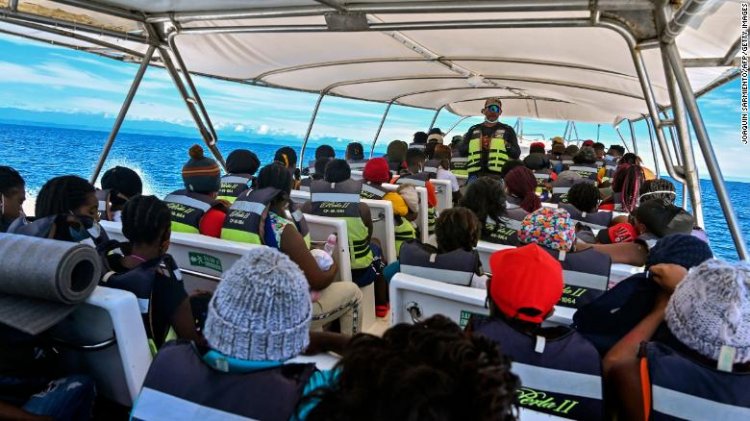The town where thousands of US-bound migrants came to a standstill

They travelled by the thousands to arrive here from Haiti, Venezuela, Chile, Brazil, and even further, from Ghana, Mali and Togo. Now they're stuck.
Join our subscribers list to get the latest news, updates and special offers directly in your inbox

They travelled by the thousands to arrive here from Haiti, Venezuela, Chile, Brazil, and even further, from Ghana, Mali and Togo. Now they're stuck.
Dec 29, 2025 0
Dec 27, 2025 0
Dec 29, 2025 0
Dec 29, 2025 0
Dec 30, 2025 0
Jul 31, 2025 0
Jul 31, 2025 0
Jul 31, 2025 0
Jul 31, 2025 0
Dec 27, 2025 0
Supermaxi takes early advantage as fleet heads into rough seas
Jan 2, 2026 0
Company says safety, transparency and user control are key to wider adoption
Dec 15, 2025 0
Expanded trials aim to aid blind riders at busy hubs
Jan 2, 2026 0
Profit-taking trims gains but indexes post strong annual returns